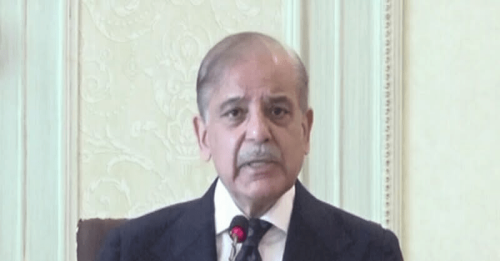FROM Dec 10 to Dec 13, the final door-to-door anti-polio vaccination campaign took place. Around 260,000 workers across the country set out to administer vaccination drops to 38.72m children under the age of five. This included 19.2m children in Punjab; 8.9m in Sindh; 6.8m in KP; 2.53m in Balochistan; 0.347m in Islamabad; 0.237m in GB; and 0.7m in AJK. The campaign took place in coordination with a similar one in Afghanistan, to ensure that children on the move between the borders were also administered drops. An effort of this size and scale is bound to come across some problems, and so it was this time around as well. First, there was news of a 10-member polio team found to be forging names of children vaccinated and flushing vaccines in Islamabad in November. Although the team was immediately sacked, it did raise concerns over how frequently this might be happening. However, polio eradication teams maintained that they follow strict monitoring mechanisms that allow such malpractices to be quickly caught. Then, owing to widely shared misinformation of an infant passing away (after purportedly being administered polio drops), there was a reported 25pc increase in vaccine refusals in Islamabad alone. And, most recently, a third-party auditing team noted discrepancies between claims made by district administrations about the number of children vaccinated, and those they observed without marked fingers, finding a 10pc difference.
These setbacks are no reason to lose hope that the country will one day be polio-free. When looking at the larger picture, there has, indeed, been a steady decline in the number of cases reported over the years, particularly since the formation of the National Emergency Operations Centre for Polio Eradication in 2014. In the 1990s, there were there nearly 20,000 cases reported each year. In 2018, that figure had dropped to eight. And an extensive surveillance system exists. But the greatest tragedy remains the number of lives lost in these efforts. Anti-polio vaccinators are the unsung heroes of our time.
Published in Dawn, January 3rd, 2019










































